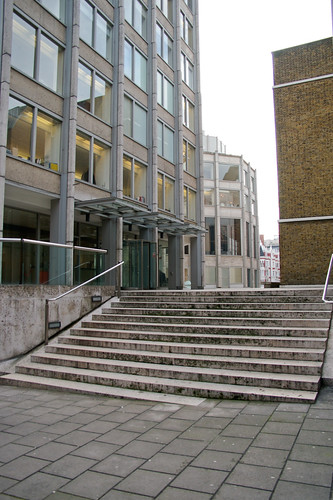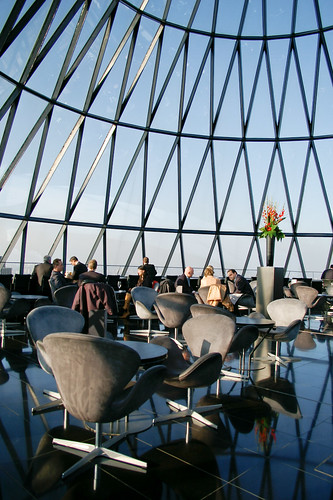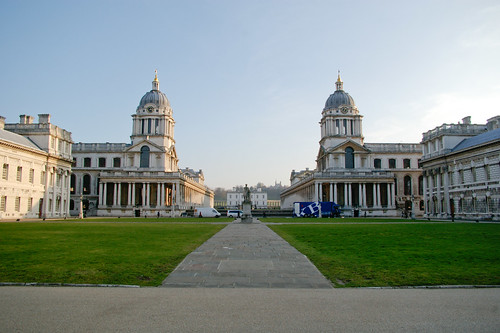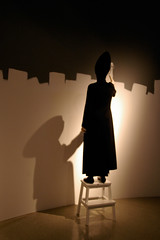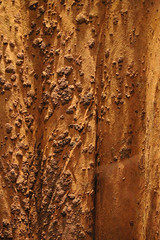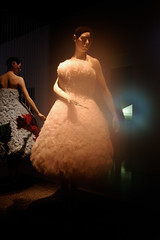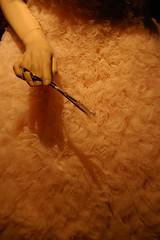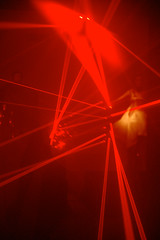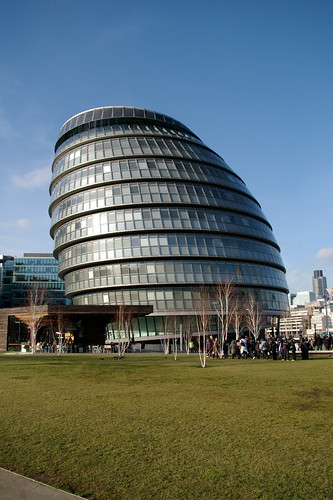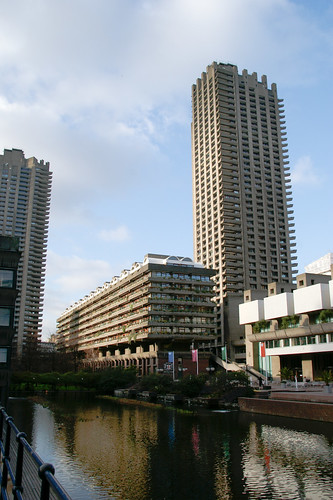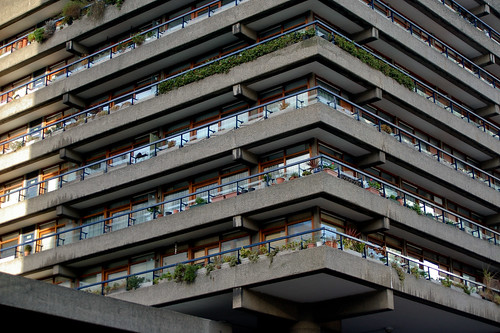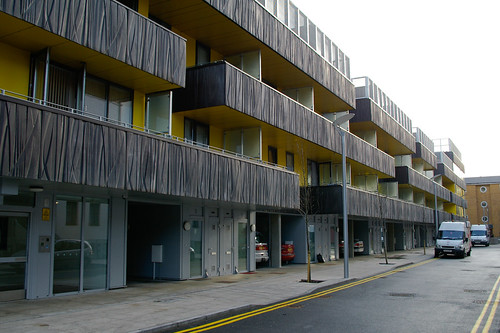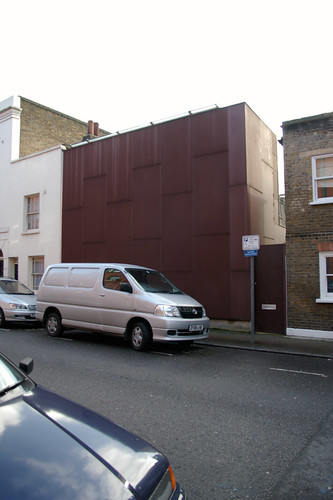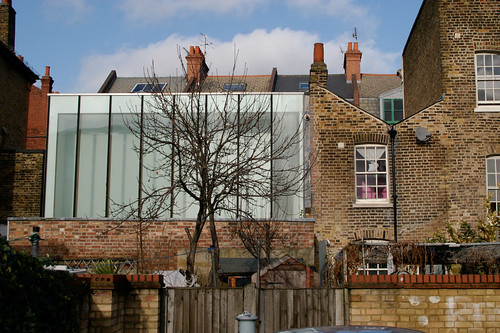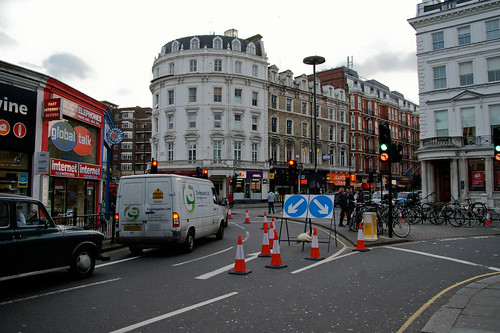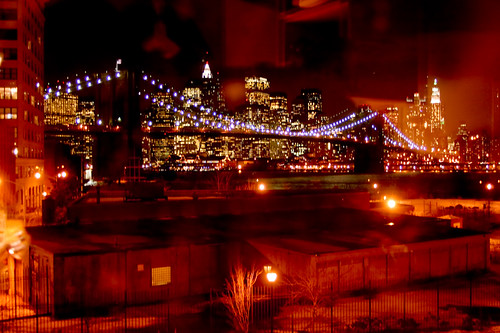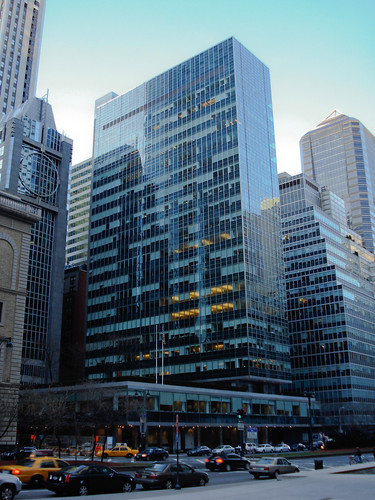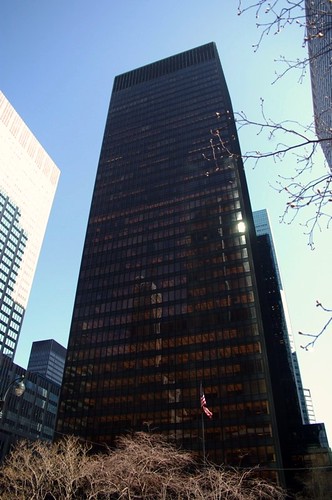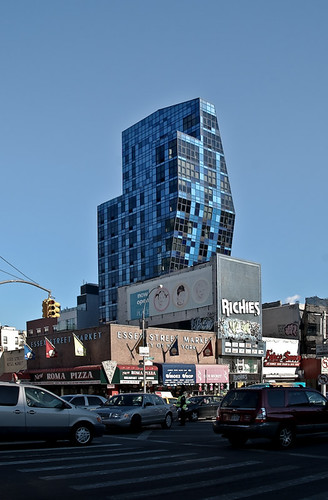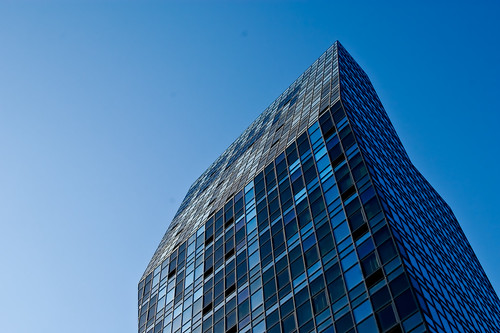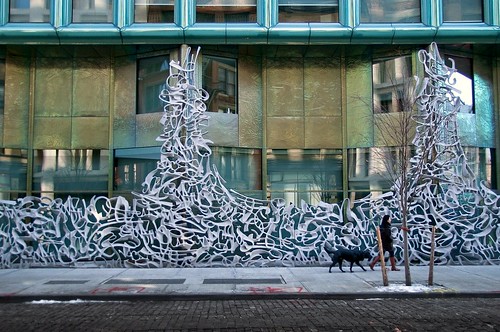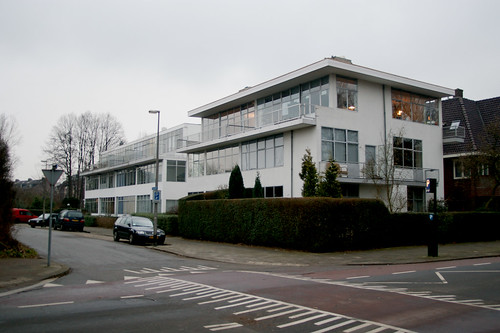
Shortly after building the Rietveld Schroder house, Rietveld designed a row of four terrace houses on Erasmuslaan (1931). Erasmuslaan is not a continuation of the ideas of De Stijl, but rather the Niewe Bouwen movement whose large plate glass windows, steel shutters and extensive use of white is typical of Dutch functionalist architecture of the 1930's. Number 9 was designed by Gerritt Rietveld and Truus Schroder and built as a model home within which Rietveld included a number of earlier furniture designs.
The ideals of the functionalist movement to create light, open spaces using standardised industrial materials with views onto lush green gardens are successfully applied to the design of Erasmuuslaan. Like many of the ideas developed by Le Corbusier, the application of these design ideas to projects designed by lesser architects, with insufficient budgets and a lack of consideration of the qualities of space Rietveld achieves in Erasmuslaan is the fault not of the functionalist movement but the poor imitations that followed. The open, light filled spaces, clean detailing, robust materials and plentiful landscaping that characterise the houses on Erasmuslaan are evidence of the potential the Modern Movement had to revolutionise the way people live and the spaces they inhabit.
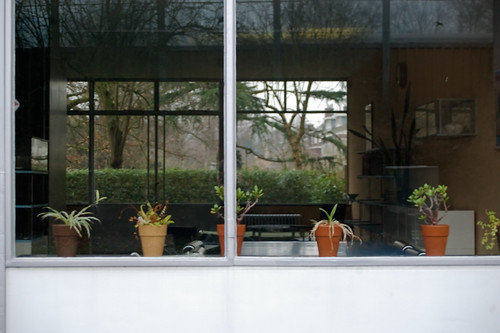
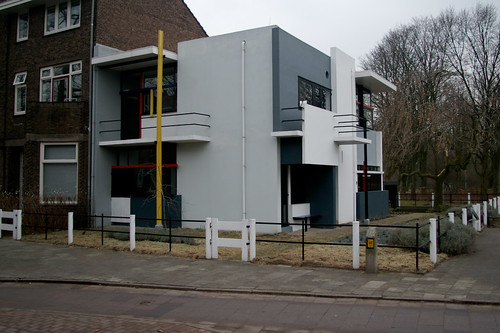
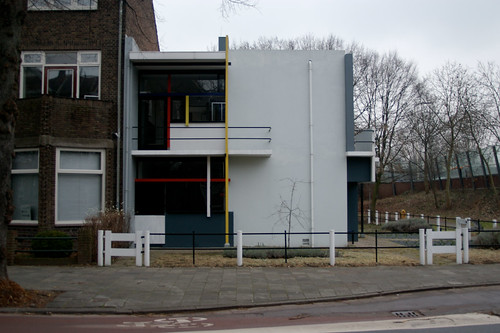
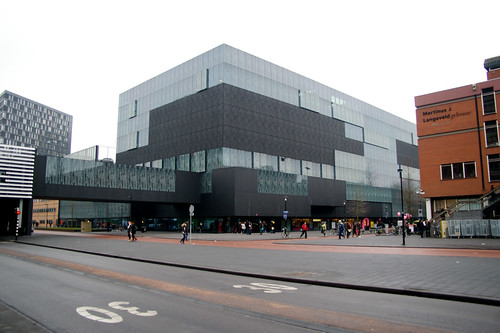




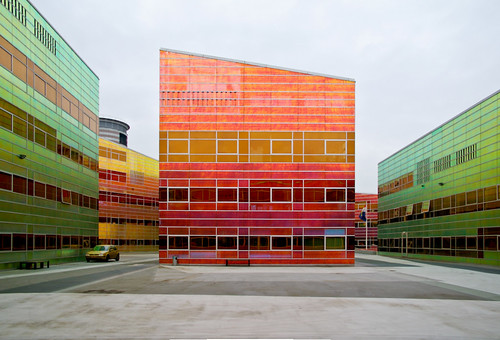

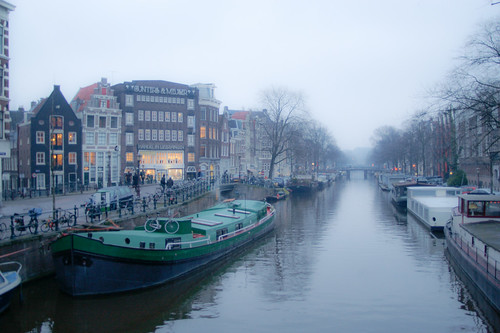
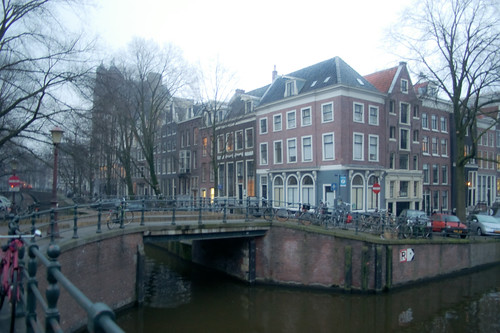
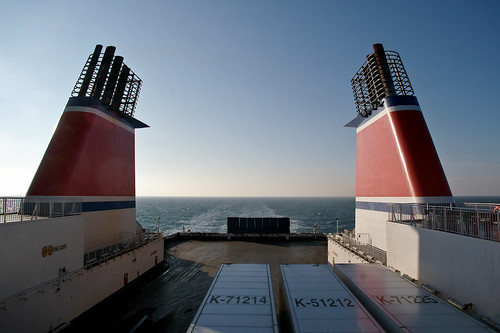


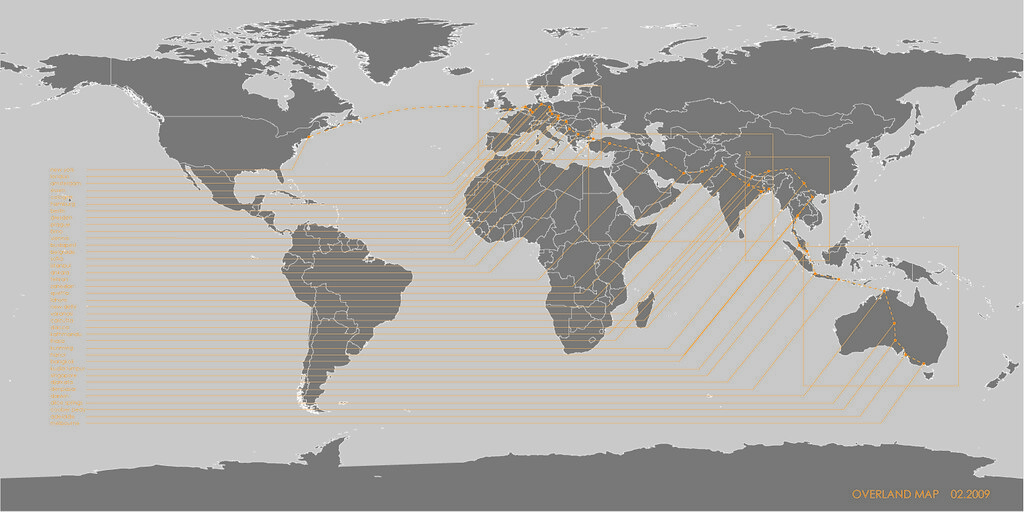
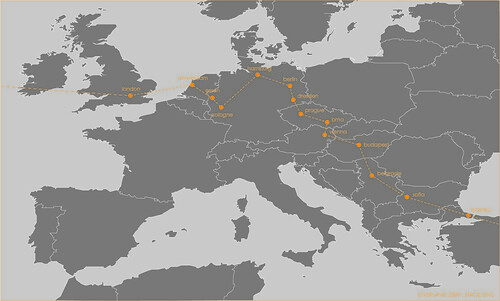 OVERLAND : STAGE 1
OVERLAND : STAGE 1